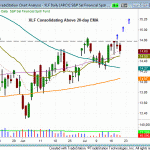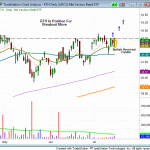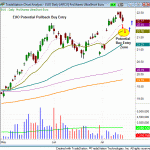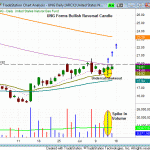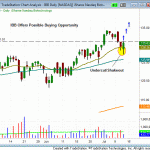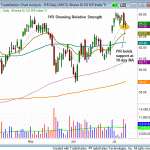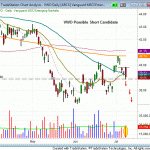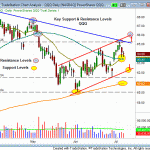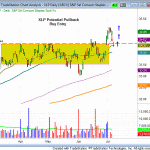Last Thursday, on a burst of volume, the United States Natural Gas Fund (UNG) formed a bullish reversal candle, as it undercut its 20-day EMA and reversed to close near session highs. This type of price action serves to “shake weak hands out of the trade” and sweep poorly placed stops. We recently exited UNG at breakeven because we didn’t like the price action in the broad market. Since then however, UNG has continued to consolidate above support of its 20-day EMA and now appears ready for a push higher. It is important to remember that every trade stands of its own merits. There is nothing wrong with re-entering a trade if it meets the appropriate criteria. In fact, it would be a poor trading practice to not enter a trade if a legitimate setup triggered. This should not be confused with “revenge trading,” which is the practice of re-establishing a position without a legitimate trigger, in an emotional attempt to prove the market wrong. We are placing UNG on the watchlist. Trade details are available to our clients in the watchlist section of the newsletter.
